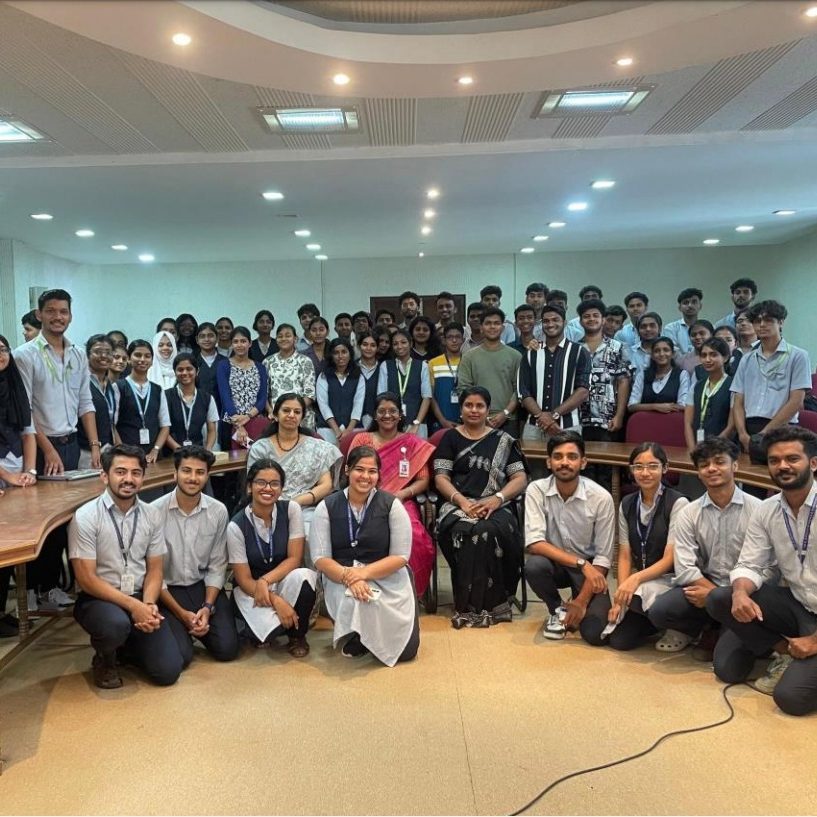Stefano Zanero received a PhD in Computer Engineering from Politecnico di Milano, where he is currently an associate professor with the Dipartimento di Elettronica, Informazione e Bioingegneria. His research focuses on malware analysis, cyberphysical security, and cybersecurity in general. Besides teaching “Computer Security” and “Digital Forensics and Cybercrime” at Politecnico, he has an extensive speaking and training experience in Italy and abroad. He co-authored over 90 scientific papers and books. He is a Senior Member of the IEEE and sits in the Board of Governors of the IEEE Computer Society; he is a lifetime senior member of the ACM, which has named him a Distinguished Speaker; and has been named a Fellow of the ISSA (Information System Security Association). Stefano is also a co-founder and chairman of Secure Network, a leading cybersecurity assessment firm, and a co-founder of BankSealer, a startup in the FinTech sector that addresses fraud detection through machine learning techniques.
Email: zanero@elet.polimi.it
DVP term expires December 2024
Presentations
Crouching Hacker, Killer Robot? Removing FUD from Cyber-physical Security
Cyber-physical systems are attracting a lot of attention: attacks on connected cars received a lot of media exposure, as did attacks on industrial control systems, airplanes or medical devices. A lot of this interest is driven by vulnerability research (often in the form of “stunt hacking”). While engaging and attractive, does this research really help to answer the fundamental question of how to embed security analysis in design? Why are we failing? What are the root causes? How do we do better and move beyond instilling fear?
Making Sense of a Million Samples per Day: Behavior-based Methods for Automated, Scalable Malware Analysis
With the astonishing rate of new and modified malware samples being released daily, automation of analysis is needed to classify and cluster together similar samples, exclude basic and uninteresting variations, and focus costly manual analysis work on novel and interesting features (e.g., added or remove pieces of code with a given semantic). We will discuss the challenges in analyzing large malware datasets in a (semi)automatic fashion, and look at some recent research results that may help with the task, by leveraging the concept of “behavior” applied to malicious code.
Breaking the Laws of Robotics: Attacking Industrial Robots
Industrial robots are complex cyber-physical systems used for manufacturing, and a critical component of any modern factory. These robots aren’t just electromechanical devices but include complex embedded controllers, which are often interconnected with other computers in the factory network, safety systems, and to the Internet for remote monitoring and maintenance. In this scenario, industrial routers also play a key role, because they directly expose the robot’s controller. Therefore, the impact of a single, simple vulnerability can grant attackers an easy entry point. The talk will discuss how remote attackers are able to attack such robots up to the point where they can alter the manufactured product, physically damage the robot, steal industry secrets, or injure humans.
2022 – 2024 Distinguished Visitor
2020 – 2022 Board of Governors
2016 – 2018 Board of Governors
Learn more about volunteering
Presentations
Crouching Hacker, Killer Robot? Removing FUD from Cyber-physical Security
Making Sense of a Million Samples per Day: Behavior-based Methods for Automated, Scalable Malware Analysis
Breaking the Laws of Robotics: Attacking Industrial Robots
Read the abstracts for each of these presentations









